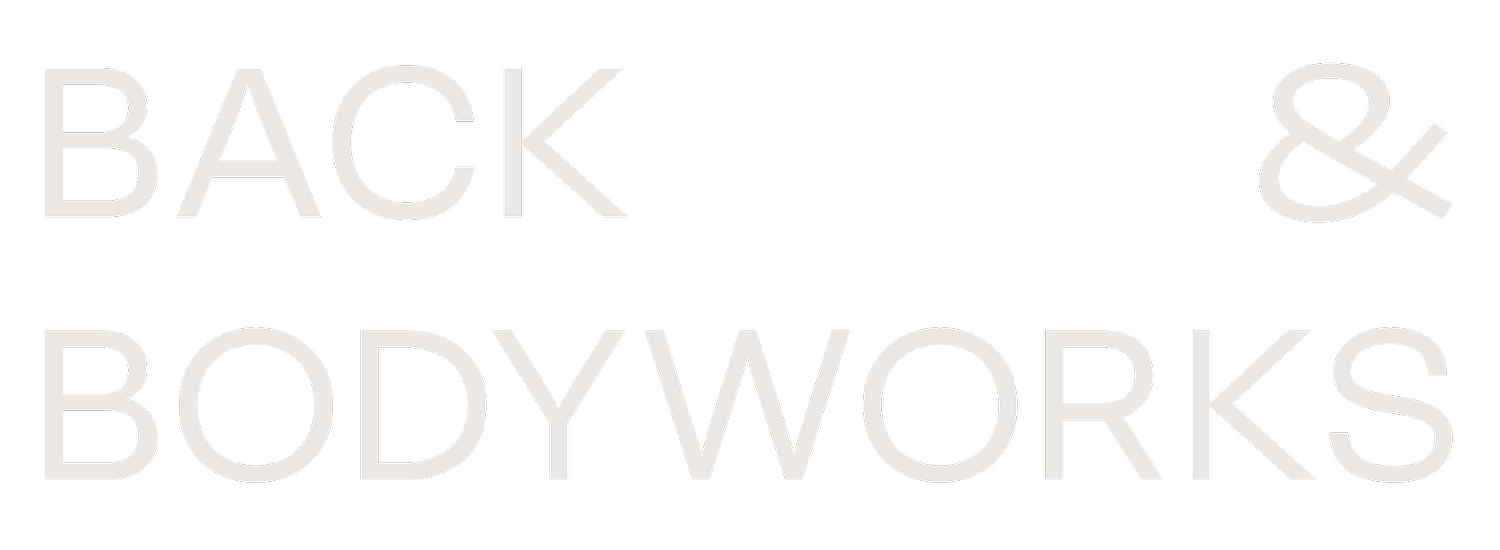FAQs
About Each Visit
-
A Chiropractor is highly trained in identifying musculoskeletal disorders and alleviating them using adjustment techniques. Just like how a dentist treats issues relating to your teeth, a Chiropractor treats the spine, bones and joints. This is important because healthy spine and joint mobility are key to healthy brain activity and nerve stimulation. If we have had any serious injuries or falls, a Chiropractor is able to assess the alignment and check if there has been any offset or strain to the spine.
Chiropractors are also trained to order, read and diagnose imaging such as X-rays and MRI scans.
-
In an initial chiropractic consultation, our Chiropractor will go into detail about your current complaint along with your medical history and any previous injuries or traumas.
Then begins the assessment of the spine’s alignment, posture, mobility and flexibility, along with special tests for tendon or ligament strains and nerve testing. If any further investigation is required to aid in your diagnosis and case, our chiropractor will inform you.
Afterwards our Chiropractor will discuss the findings and talk you through the treatment options, before beginning the treatment.
-
The first consultation is normally 45 minutes. The first three sessions following will last for 30 minutes, where any questions or exercises will be taught. As your journey progresses, sessions may take as little as 15 minutes.
-
During your initial consultation, our chiropractor will perform a spinal and neurological assessment. If further investigation is required, they will refer you for an X-ray to investigate abnormalities, changes to the normal anatomy, defects, alignment and curvature, to better rule out serious disease.
-
If you have any previous films like X-rays or MRI scans, feel free to bring those along for a clearer overall picture of your health. Otherwise, just come in comfortable clothing.
Aftercare
-
Cracking noises can come from the joints ‘popping’ as they release from a stiff position. Cracking or clicking could also be from a tendon rubbing along a bony part. Frequent cracking on a daily basis suggests that the spine and its joints are extremely stiff—this is not normal.
Functional Exercise
-
The latest medical recommendations suggest that we use a milestone vs timeline approach. Instead of using a time-based approach to determine when someone will recover, we should use an approach where the emphasis is placed on achieving progressively more demanding functional milestones. As higher-level functional milestones are achieved, then we know that we are on the right path to recovery.
-
Because of the endless number of variables, it is impossible to predict and therefore prevent injuries. As the chance of injury is always present and can never be removed completely, we aim instead to reduce the chance of injury. It’s a bit like predicting the weather—the closer we are to the eye of the storm, the better we can predict its direction and force.
